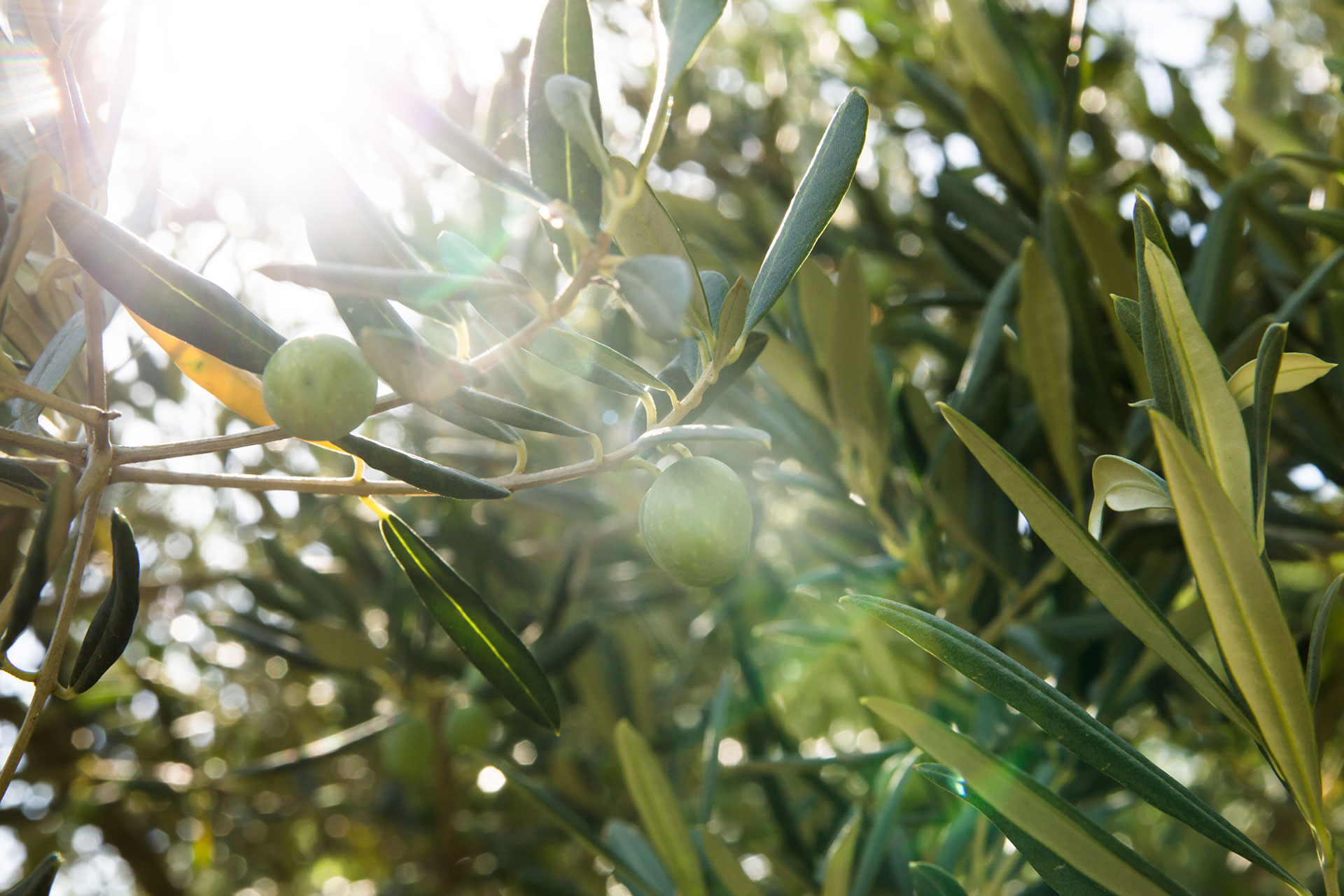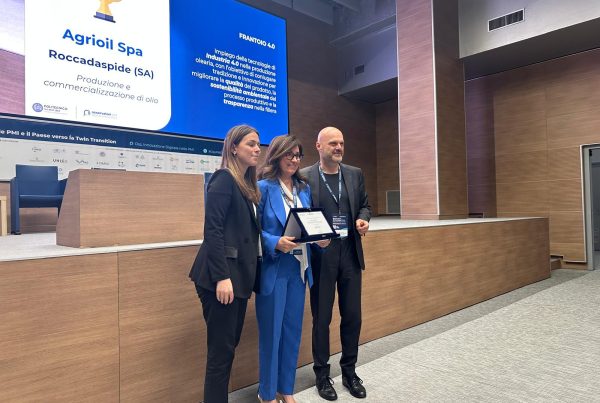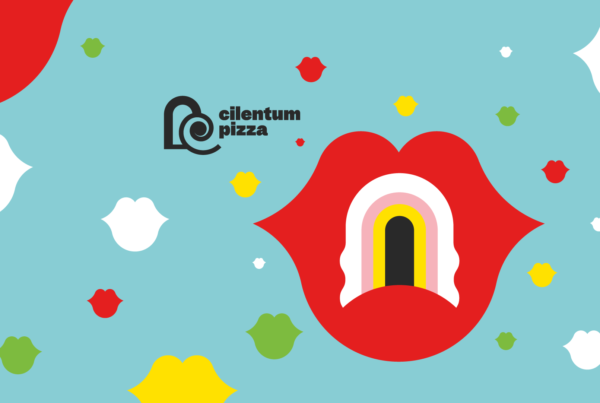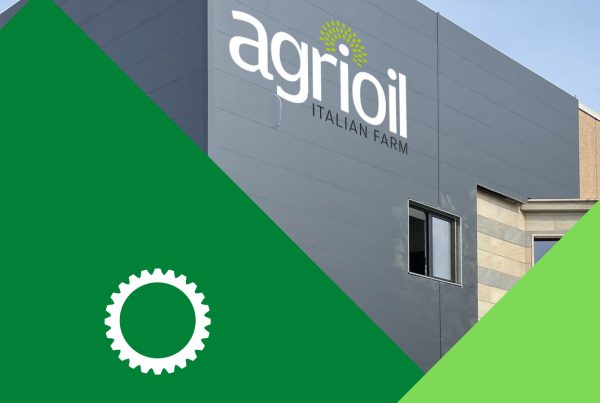Recovery and Valorization of Waste Products in the Agri-Food Industry
The Hi-Life Project, part of the National Operational Program Research and Competitiveness 2007-2013, offers a concrete response to the needs of SMEs (small and medium-sized enterprises) operating in the dermopharmaceutical, cosmetic, and nutraceutical sectors in the convergence regions of Sicily and Campania. This project aims to increase the scientific and technological content of products and processes, promote business model innovation, value human capital, diversify production specialization, internationalize, and optimize resource use by minimizing waste.
Project Objectives
The Hi-Life project aims to create a quality control system for agri-food products, identify appropriate tools for their classification, and enhance the value of products in the functional foods sector. Among the main objectives are the recovery and reuse of active ingredients from processing waste through technological models and procedures, obtaining health-promoting products, both functional foods and nutraceuticals. Additionally, it aims to produce “special” foods and develop a technology innovation platform tailored to SMEs in the convergence regions, easily replicable.
Project Structure
The Hi-Life project is structured around three agri-food chains in the convergence regions: Milk, Olive Oil, and Citrus. Each chain has specific goals and activities described in detail.
Olive Oil Chain
One of the main objectives of the olive oil chain is the recovery and reuse of biologically active substances from processing waste. Research activities focused on the analysis and biological evaluation of vegetation water samples from the industrial processing of olive oil. In vitro tests showed a higher polyphenol content and better antioxidant and radical scavenger capacity in the analyzed samples.
This aspect is attributed to a longer malaxation time of the olives, allowing better extraction of the bioactive component. The polyphenolic extracts from vegetation water demonstrated good anti-inflammatory and antioxidant activity, helping to reduce pro-inflammatory mediators and oxidative and nitrosative stress parameters.
The recovery and valorization of such by-products represent an important aspect for the olive oil industry, not only for economic reasons but also because using its effluents could help reduce environmental impact and increase the competitiveness of companies active in the sector.
For the recovery of bioactives from the olive oil industry waste, a pilot plant based on the use of supercritical fluids, particularly supercritical carbon dioxide, was designed and built. This was selected as the extracting phase for the recovery and fractionation of polyphenolic molecules.
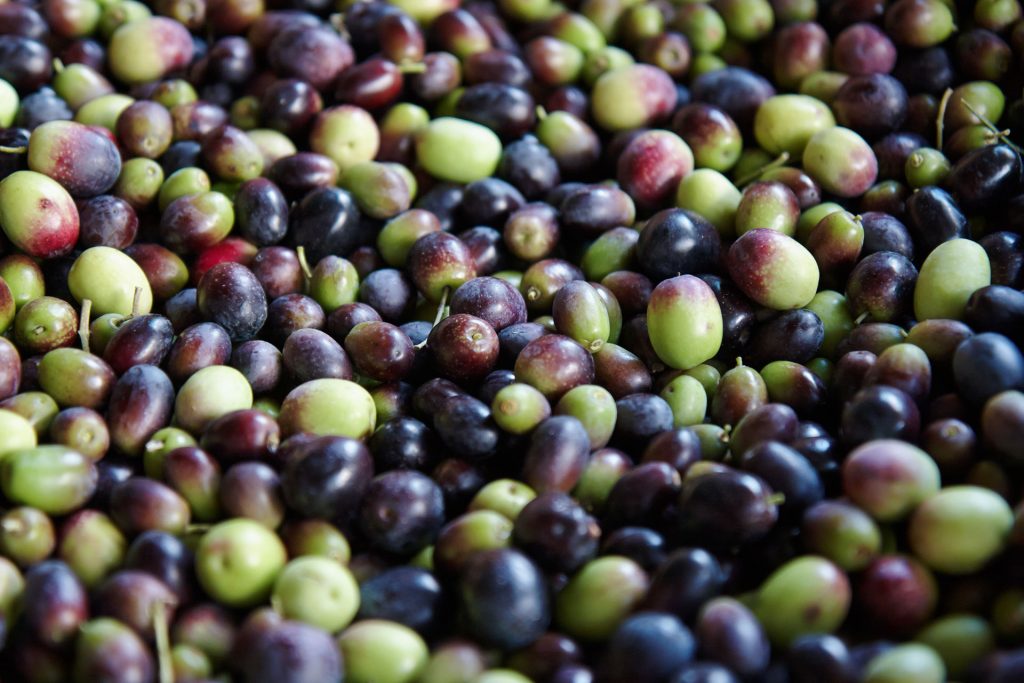
Development of Cosmetic Products
As part of the project, formulation development activities were conducted for two cosmetic emulsions intended for application on the skin of the face and hands, with moisturizing, elasticizing, and nourishing efficacy. The formulations were developed with a high percentage of plant-based raw materials to meet consumer preference for “natural” formulations.
The moisturizing creams for the face and hands, formulated with olive oil and its unsaponifiable fraction, passed long-term chemical-physical stability tests and in vivo functional cosmetic efficacy tests. Both formulations significantly increased skin hydration and elasticity after a period of application.
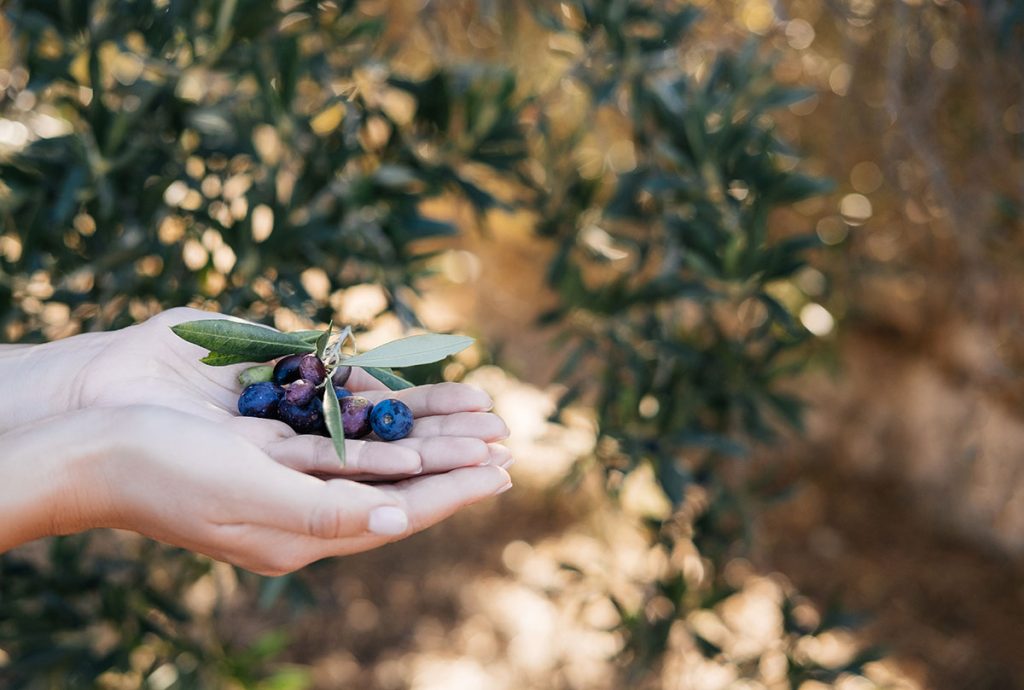
Conclusions
The Hi-Life project has demonstrated that olive oil vegetation water and other agri-food waste should not be considered mere waste but valuable resources containing molecules with potential antioxidant and anti-inflammatory activities. The recovery and valorization of these by-products represent an important step forward for the agri-food industry, helping to reduce environmental impact and improve the competitiveness of companies through product diversification.
For more details, you can download the complete project PDF:

